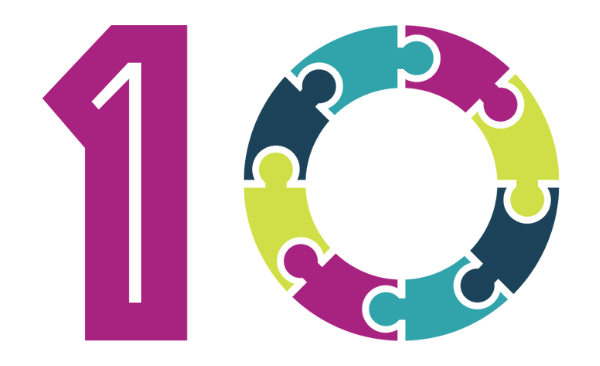Safeguarding is about prevention of harm and early intervention to minimise the impact on the child. Safeguarding is a proactive preventative approach to child protection.
To acknowledge 10 years of Safeguarding Children NZ, we’ve pulled together the 10 Principles of Safeguarding to help increase awareness and understanding around safeguarding our children in Aotearoa!
 |
Child Centred Practice: | Places children and young people at the heart of what they do. A commitment to protecting children is embedded into the organisation’s culture and is understood, accepted and acted upon by everyone. We call this creating a Safeguarding Culture. |
|
|
||
 |
Safer Recruitment: | Means that an organisation makes a commitment to protect children and young people from harm, abuse, and neglect by a staff member or volunteer. This reduces the opportunity for a perpetrator of abuse to offend against the children and young people they are responsible for. |
|
|
||
 |
Safe Workforce: | It is the responsibility of those who employ or engage those working with children to ensure their staff have had the appropriate checks. |
|
|
||
 |
Safe Ways of Working: | Safeguarding Children work with organisations to create and embed systems, processes, and strategies to create a child safe culture. |
|
|
||
 |
Child Protection Policy: | Child Protection Policies and Procedures are the key to creating a safeguarding, preventative approach. Through robust, fit for purpose policies and procedures we can create and maintain a child safety culture within your organisation. The purpose of a Child Protection Policy is to provide a structure for staff so that decision making is shared and prescriptive, and all decisions regarding child protection are guided by policy and procedures. |
|
|
||
 |
Safeguarding Code of Conduct: | Provides guidance on appropriate and expected standards of behaviour of those working or volunteering in an organisation towards tamariki and rangatahi. This resource provides constructive guidance to key points of shared practice. It helps to provide planning content and monitoring and review processes. |
|
|
||
 |
Manage Welfare & Allegation Concerns: | Organisations learn to manage welfare and allegation concerns by having a robust and workable Child Protection Policy and Procedures. |
|
|
||
 |
Organisational Structure: | We all have a duty of care to do the best we can to safeguard children and young people from harm and abuse. All organisations working with children and young people must take steps to prevent abuse, and recognise, and respond swiftly to intervene early to minimise harm. |
|
|
||
 |
Inclusivity: | Safeguarding Children recommend having an Inclusivity Policy that prohibits discrimination, harassment, and bullying. |
|
|
||
 |
Safeguarding Training: | Our training is developed by nationally recognised subject matter experts, our courses have been developed to cater for the wide variety of roles in which people work directly or indirectly with children. Gain the skills and confidence needed to recognise and respond appropriately to child abuse and neglect. Together we can make a positive difference for our children and most vulnerable – let’s protect New Zealand’s future. |
